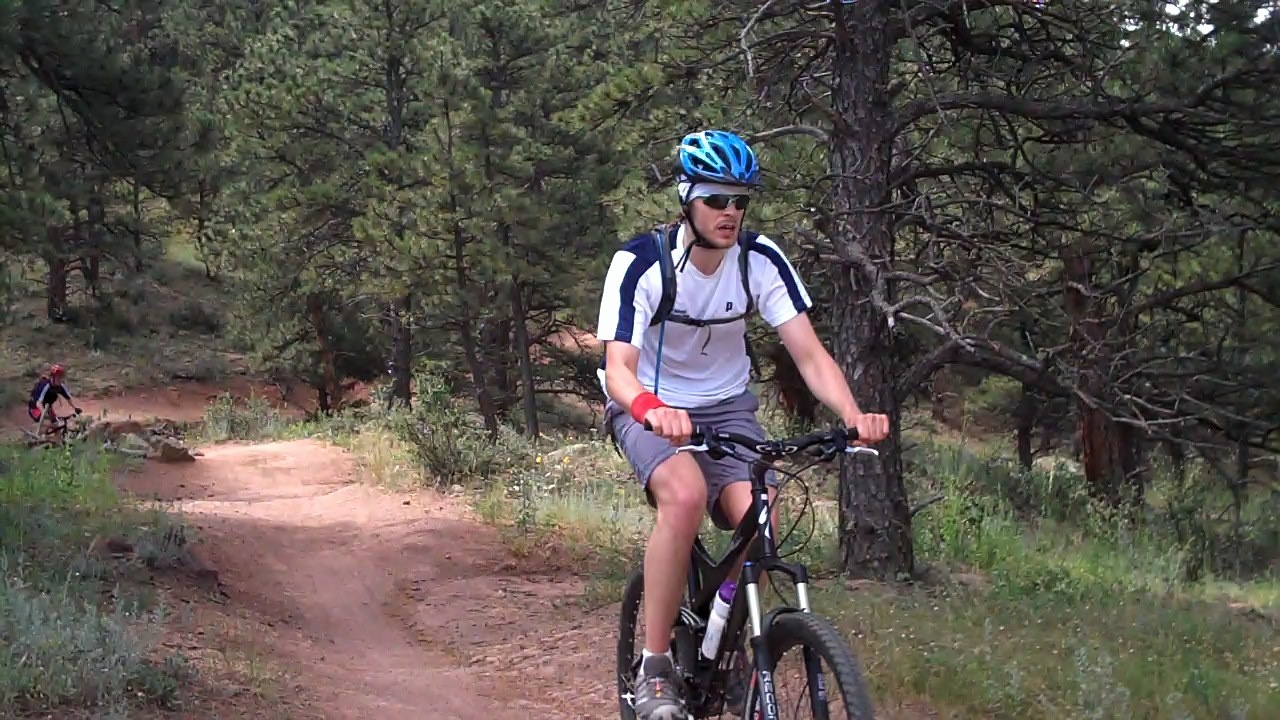By Damon Leedale-Brown, Sports Scientist & Conditioning Specialist
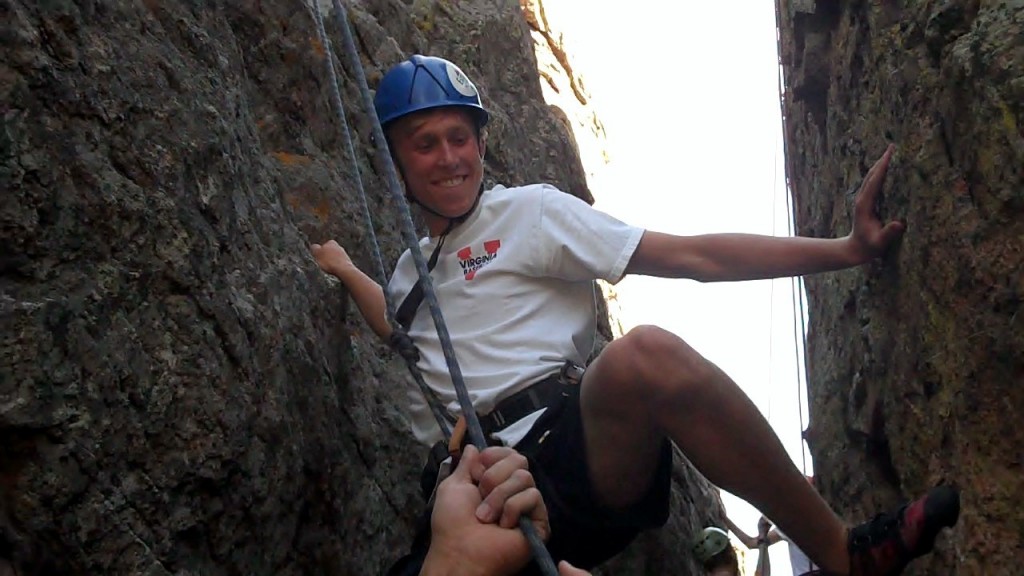 Having just returned from a fantastic three weeks of training in Colorado with a group of squash players including professionals James Willstrop, Vanessa Atkinson and Julian Illingworth, it seemed a good time to talk about keeping squash training interesting and varied through the summer months, while still providing you with great physical and mental benefits.
Having just returned from a fantastic three weeks of training in Colorado with a group of squash players including professionals James Willstrop, Vanessa Atkinson and Julian Illingworth, it seemed a good time to talk about keeping squash training interesting and varied through the summer months, while still providing you with great physical and mental benefits.
In Colorado we stayed at 8,000 feet, and trained at altitudes ranging from 5,000-10,000 feet. Altitude presents a challenge to the body due to the lower density or ‘thinner air.’ Less oxygen is available to the lungs which limits the amount of oxygen taken into the bloodstream and supplied to the cells. Essentially this makes exercise feel much harder in those initial few days at altitude.
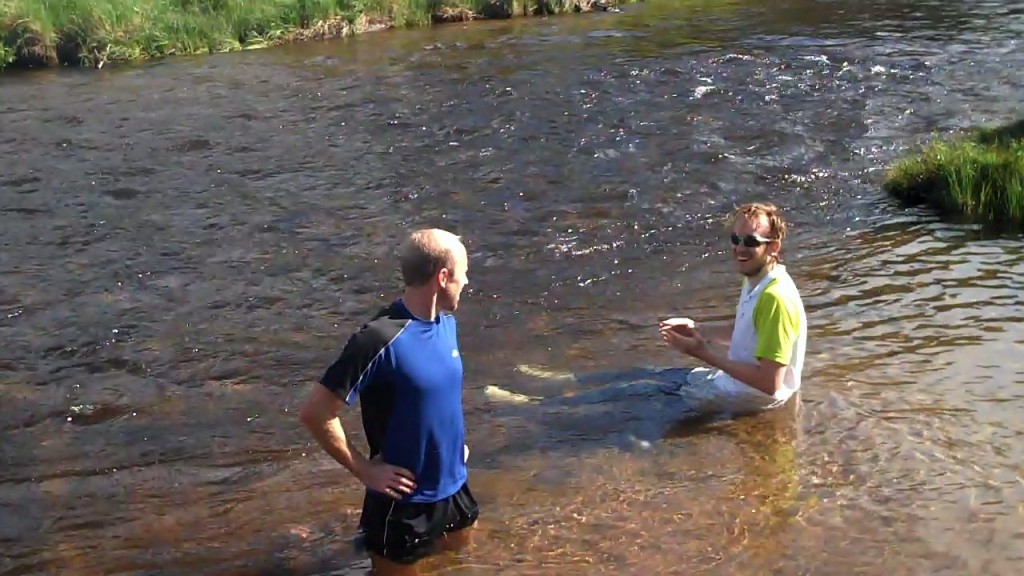
During our training in Colorado we took the players through a well-balanced program of outdoor conditioning sessions, along with specific strength, movement and racquet work training sessions on court. Our outdoor activities were typically done in the morning to take advantage of the slightly cooler temperatures and to avoid the afternoon thunderstorms that are a fairly regular occurrence in the mountains!
Trail Running
All run sessions were on off-road trails. On the whole I feel that trail running provides a better training environment for squash players than road running. The trails provide more variable terrain, which means the runner is constantly making slight adjustments to stride length. To cope with more technical sections on a trail with roots and rocks you have to be light, quick and agile on your feet, and the ever-changing terrain means you have to maintain mental focus at all times. If you run on trails with pronounced gradient changes the uphill sections provide a good local muscular endurance benefit, while the descents place more emphasis on your deceleration strength. One of our runs was a 5½ mile loop that included a one mile sustained climb, followed by a two mile descent on rocky trails. The view at the top of the climb looking out over a glacial lake was well worth the effort. At the end of our trail runs some of us took full advantage of the on-site ice bath in the form of a river flowing with ice cold snow melt from the mountains!
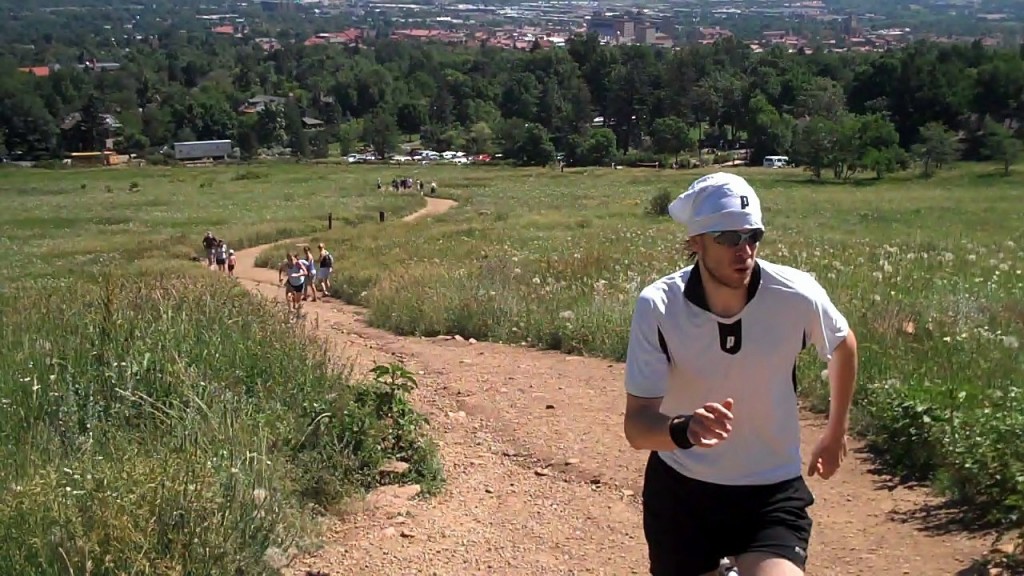 Mountain Biking
Mountain Biking
For the players training with us the biking presented a tough physical, mental and technical challenge. In Colorado the trails normally have plenty of hills to deal with—our main ride started at just over 5,000 feet and climbed up to around 6,800 feet. Climbing on the bike requires muscular endurance and power in the legs and, at this altitude, definitely gets the cardiovascular system going. You have the added demand of coping with any technical challenges on the trail (i.e., roots/rocks), and an important skill is being able to focus constantly on the trail ahead which helps you to pick the best riding lines. Add to this balance, upper body and core strength and you can see that mountain biking provides a great all-round conditioning stimulus.
Climbing
A good activity to work on muscular strength, balance and mobility, combining many of the elements of Yoga, Pilates and strength training into a full-body workout. For those slightly daunted by the height issue there is also the skill in learning how to manage their nerves and anxieties. Also great team building in a group environment, especially the element of trust in your belay partner (the one holding the rope), so probably not a good idea to climb with your number one enemy!
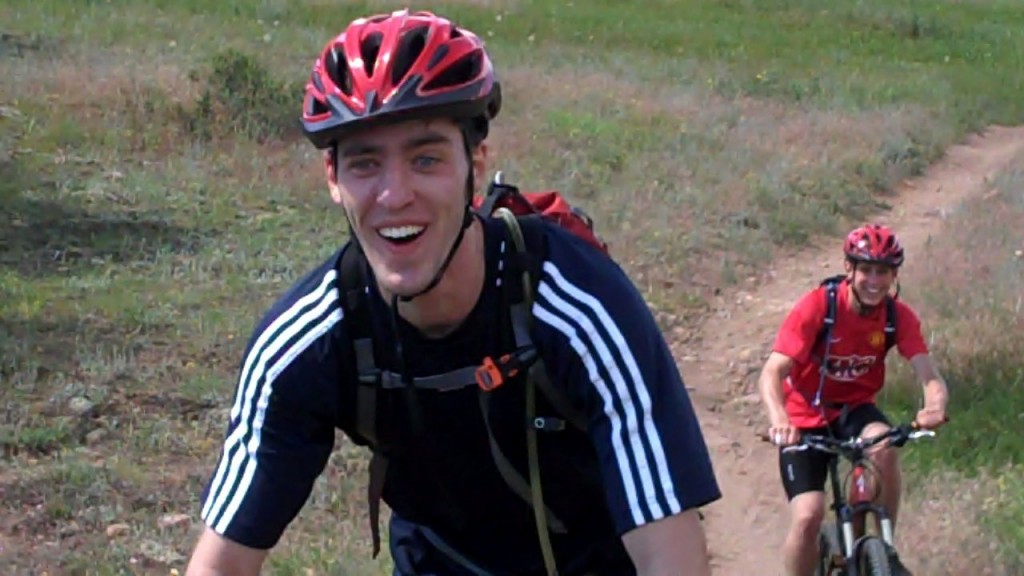
Functional Strength & Mobility
The summer is an important time to address strength imbalances and joint restrictions that may have led to niggles or more serious injuries throughout the season. We took players through a range of different “functional circuits” on-court with a primary focus on single leg strength & balance, trunk strength and alignment, and upper body retraction strength. In addition, as part of an overall theme of managing body health, we included yoga sequences and specific stretch sessions as a regular part of our training days.
Recovery Nutrition is a significant but often overlooked and undervalued part of an athlete’s program, but it plays a major role in the body’s ability to recover from hard training so an athlete can get more out of each subsequent session as training progresses. We stressed the importance of adequate hydration (particularly at altitude), and all meals supplied on the camp were based around real foods (not refined—artificially modified—out-of-a-packet products with an unpronounceable ingredient list!). This ensured players received a good overall balance of high quality carbohydrates and proteins, in addition to key vitamins and minerals.
Hopefully this provides you with an insight into a balanced approach to summer training, and may give you some ideas on new activities or themes to consider bringing into your development as a player at this time of year.


